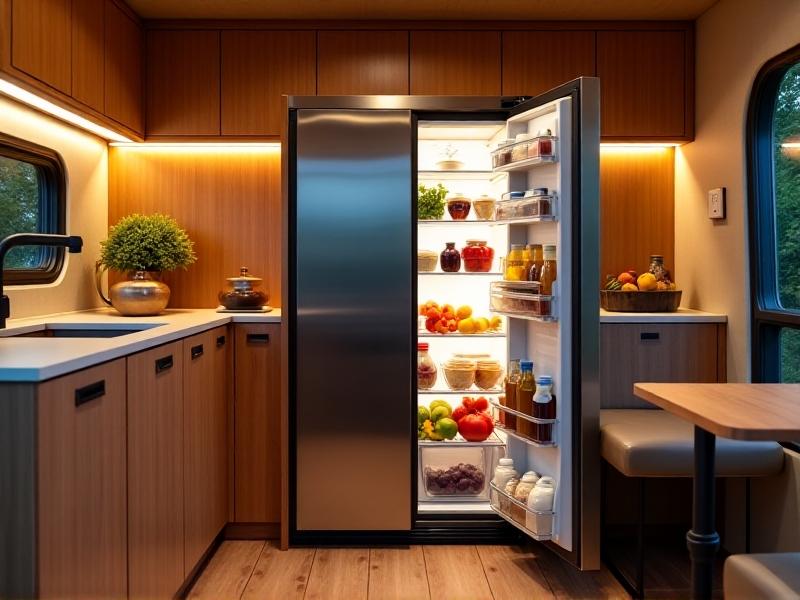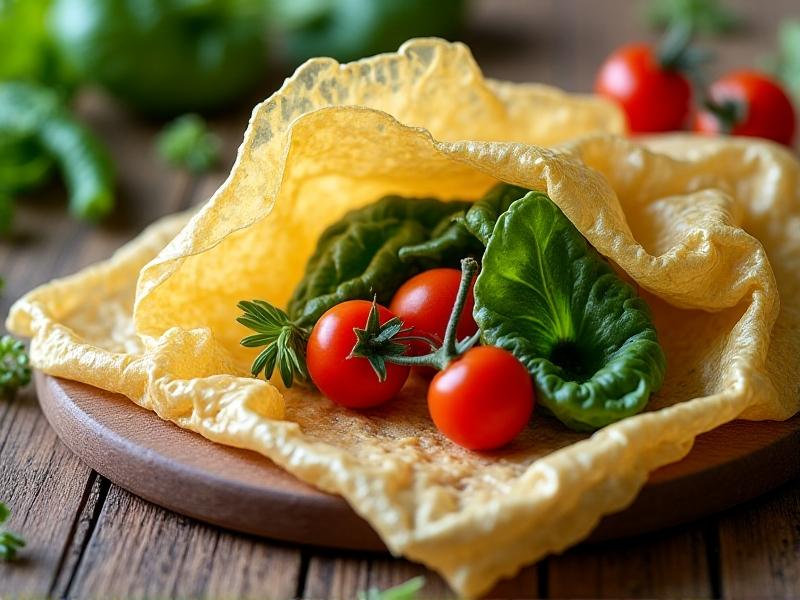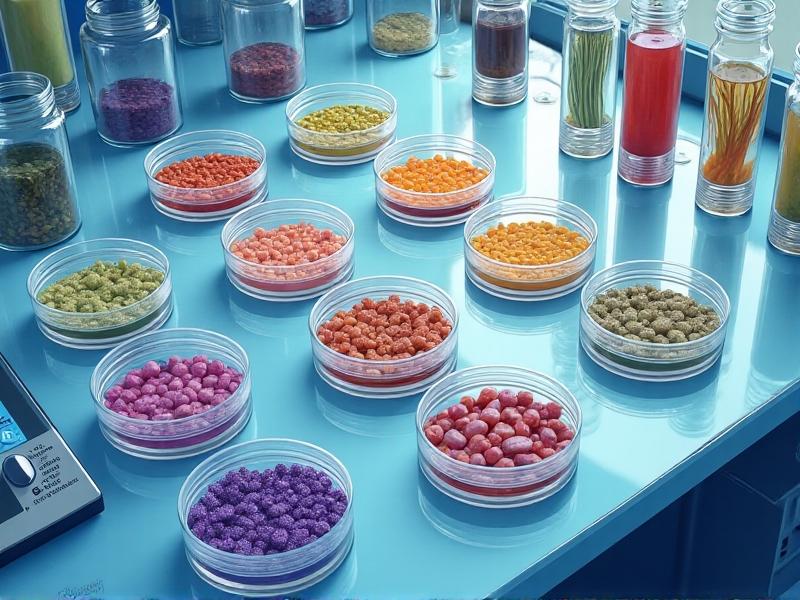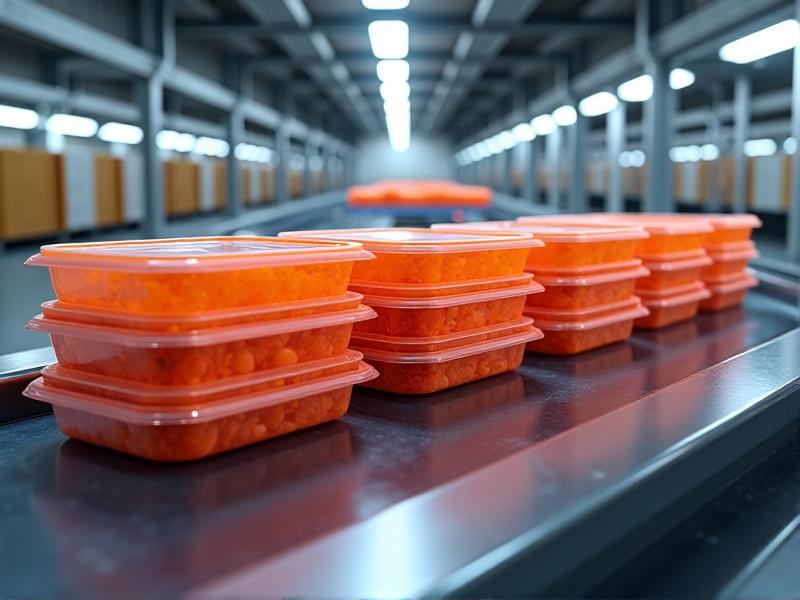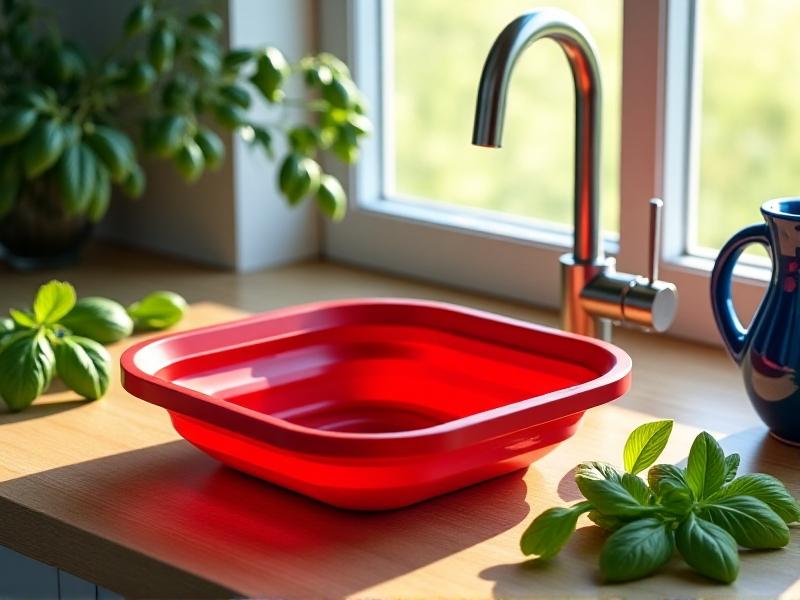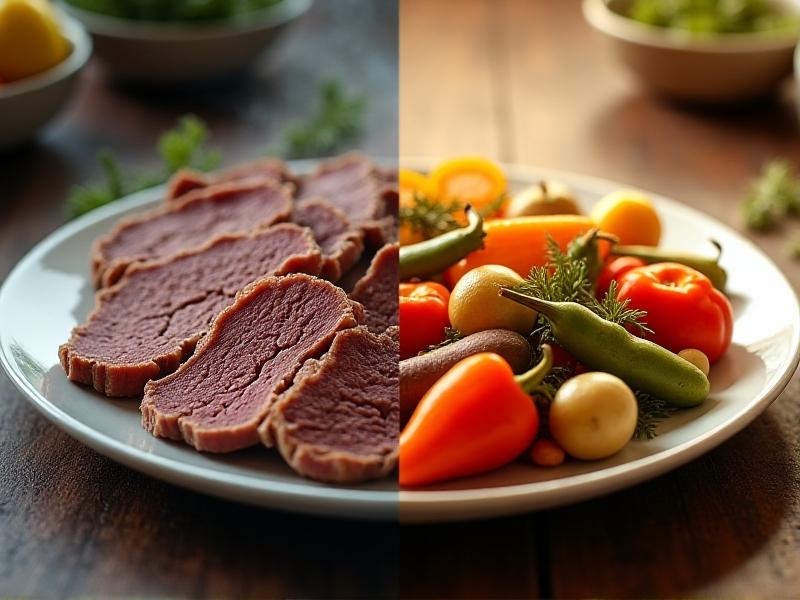Altitude Cooking Nutrient Retention
The Science of Altitude Cooking: How Height Affects Heat
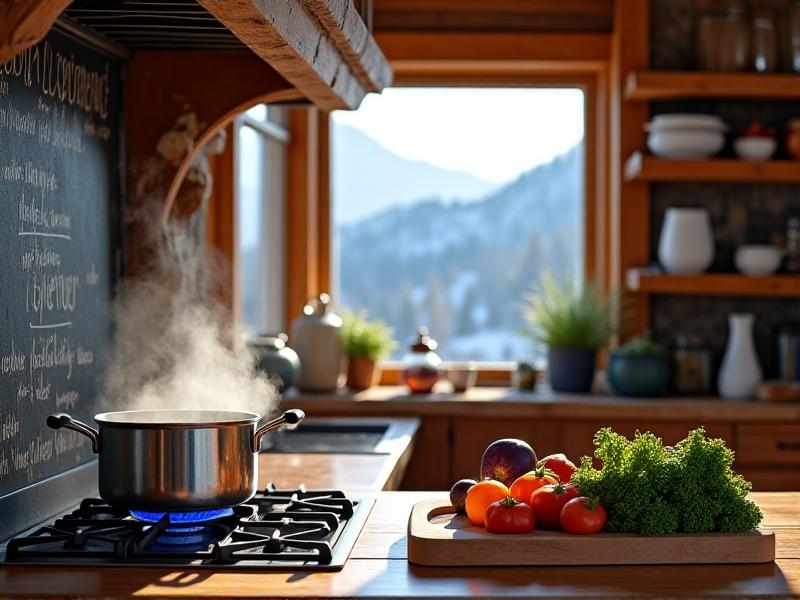
Cooking at high altitudes—generally defined as elevations above 3,000 feet (900 meters)—introduces unique challenges due to changes in atmospheric pressure. As altitude increases, air pressure decreases, causing water to boil at lower temperatures. For example, at 5,000 feet, water boils at approximately 203°F (95°C) instead of the sea-level standard of 212°F (100°C). This reduced boiling point slows cooking times for staples like grains and legumes but also impacts how heat interacts with food on a molecular level. Lower air pressure also accelerates moisture evaporation, which can lead to dried-out dishes if not properly managed. These factors collectively influence nutrient retention, as prolonged cooking and higher heat adjustments may degrade sensitive vitamins like C and B-complex.
Nutrient Loss in High-Altitude Cooking: What’s at Stake?

High-altitude cooking often requires extended cooking times to compensate for lower boiling points, which can exacerbate nutrient degradation. Water-soluble vitamins, such as vitamin C and thiamine, are particularly vulnerable to heat and prolonged exposure to water. For instance, boiling vegetables at altitude may leach up to 50% more vitamin C compared to steaming at sea level. Minerals like potassium and magnesium are generally more stable but can still diminish in broths or stocks cooked for hours. Proteins, too, face challenges: slower simmering can denature muscle fibers in meats unevenly, affecting both texture and bioavailability of amino acids. Understanding these risks empowers cooks to adapt techniques that balance safety and nutrition.
Best Practices for Preserving Nutrients at Elevation
To combat nutrient loss, prioritize faster cooking methods like steaming or pressure cooking, which reduce exposure to heat and water. Pressure cookers are especially effective at altitude, as they increase the boiling point of water, shortening cooking times by up to 30%. For vegetables, quick blanching followed by an ice bath preserves color and vitamin content. Soaking grains and legumes before cooking minimizes simmering duration, while using minimal water prevents excessive leaching of water-soluble nutrients. Acids like lemon juice or vinegar can stabilize vitamins during cooking, and incorporating cooking liquids into sauces or soups recovers any lost minerals.
Traditional Wisdom: Altitude Cooking in Indigenous Cultures
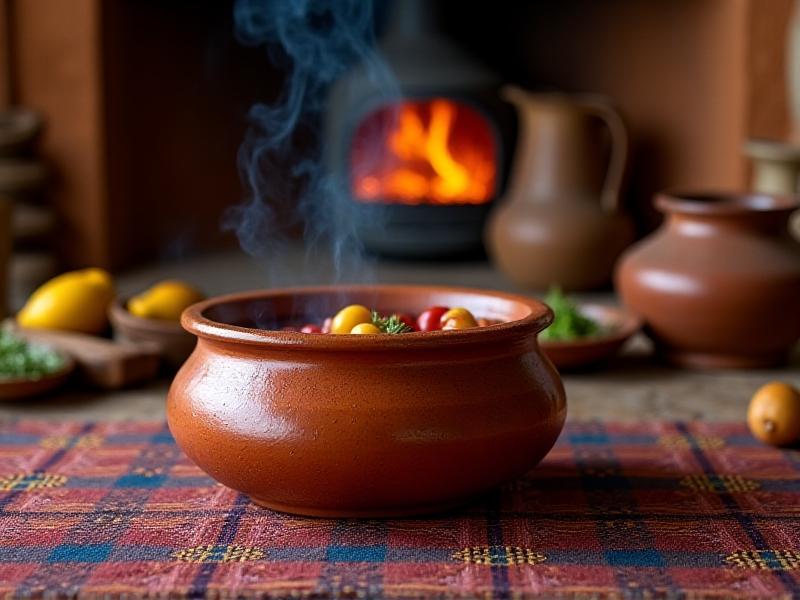
Indigenous communities in high-altitude regions, such as the Andes and Himalayas, have honed cooking techniques over millennia to maximize nutrition. In Peru, freeze-drying potatoes into chuño reduces cooking time while preserving vitamin C and carbohydrates. Tibetan cooks use yak butter to insulate meats during slow braises, retaining fats and proteins. Fermentation is another staple: Bhutan’s fiery ema datsi (chili cheese stew) relies on aged cheeses rich in probiotics. These traditions highlight resourcefulness in using local ingredients and low-tech methods to offset altitude’s drawbacks, offering valuable lessons for modern kitchens.
Modern Tools for Nutrient-Conscious High-Altitude Cooking
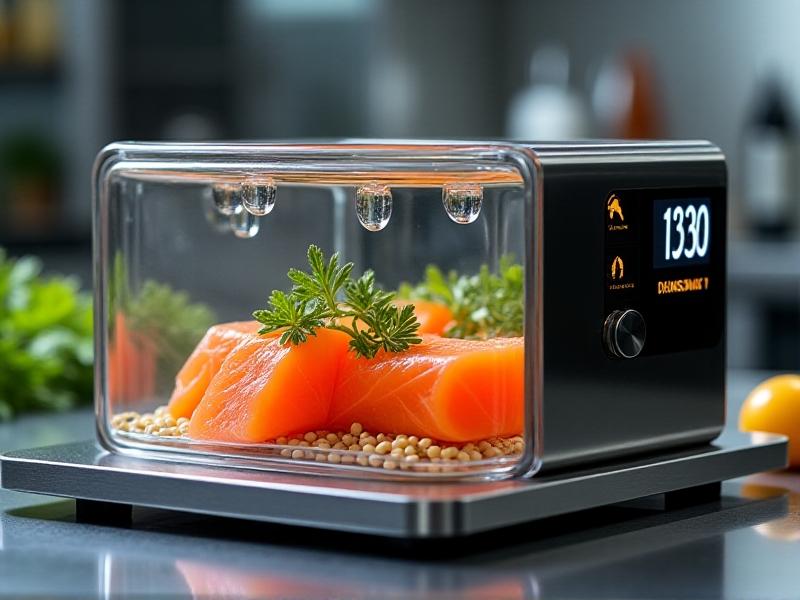
Advancements in kitchen technology provide precision for nutrient preservation. Sous-vide cookers enable proteins to cook evenly at controlled temperatures, minimizing protein degradation. Induction cooktops adjust heat instantaneously to prevent boiling over in low-pressure environments. Dehydrators with temperature settings below 118°F maintain enzymes in dried fruits and jerky. Electric pressure cookers, like Instant Pot, automate altitude adjustments, while bluetooth-enabled thermometers alert users to optimal doneness. Pairing these tools with an understanding of altitude’s effects allows even novice cooks to achieve restaurant-quality results without sacrificing nutrition.
